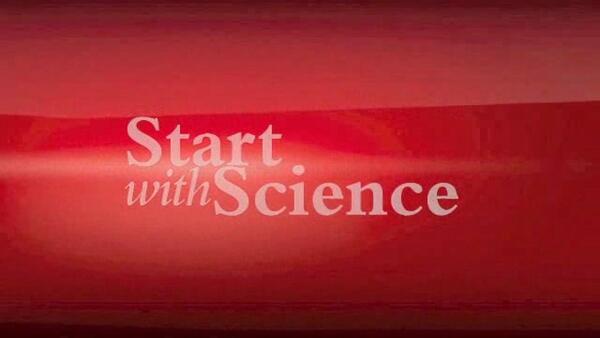USGS deploys wave sensors along Florida's coast ahead of Hurricane Helene
USGS deploys wave sensors along Florida's coast ahead of Hurricane HeleneTim Fiori, a USGS hydrologic technician, installs a barometric pressure sensor at Venice, Fla., Wednesday, Sept. 25, 2024 ahead of Hurricane Helene's projected landfall in Florida Thursday. (USGS photo by Julie Hobbs)















